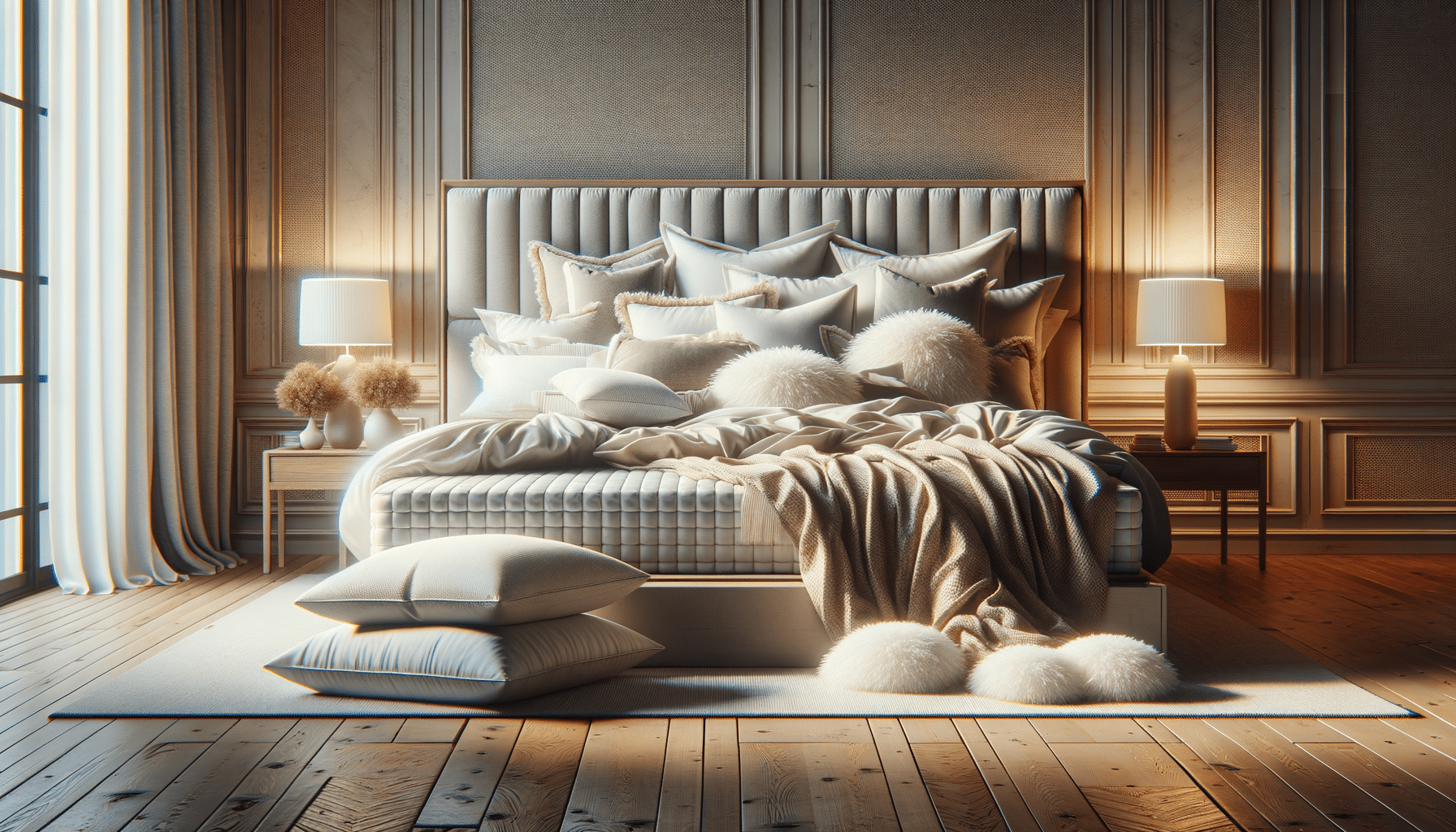
Comfortable Bed
Introduction to Comfortable Beds
In today’s fast-paced world, the importance of a comfortable bed cannot be overstated. A good night’s sleep is essential for maintaining physical health, mental well-being, and overall quality of life. The bed you choose can significantly impact your sleep quality, making it crucial to understand what constitutes a comfortable bed. This article delves into the key elements that contribute to bed comfort, helping you make informed decisions for a restful night’s sleep.
Choosing the Right Mattress
One of the most critical components of a comfortable bed is the mattress. The right mattress supports your body, aligns your spine, and distributes your weight evenly. When selecting a mattress, consider factors such as firmness, material, and your personal sleep preferences. Memory foam mattresses, for example, are known for their ability to contour to the body, providing personalized support. On the other hand, innerspring mattresses offer a traditional feel with more bounce. Your choice should reflect your comfort needs and any specific health requirements.
Importance of Quality Bedding
Bedding plays a significant role in bed comfort. High-quality sheets, pillows, and blankets can enhance your sleeping experience by providing a soft and cozy environment. When selecting bedding, pay attention to the material. Cotton and linen are popular choices due to their breathability and softness. Additionally, the thread count of sheets can affect their texture and durability. Investing in quality bedding can make a noticeable difference in your sleep comfort.
Pillows: The Supportive Element
Pillows are more than just a headrest; they are crucial for maintaining proper neck alignment and comfort. The type of pillow you choose should complement your sleeping position. Side sleepers may benefit from firmer pillows that fill the gap between the neck and mattress, while back sleepers might prefer medium-firm pillows for balanced support. It’s essential to replace pillows regularly to ensure they provide adequate support and remain hygienic.
Creating a Sleep-Inducing Environment
Beyond the physical components, the environment surrounding your bed can significantly impact comfort. A sleep-inducing environment is cool, dark, and quiet. Consider blackout curtains to block out light and a white noise machine to mask disruptive sounds. Additionally, maintaining a clean and clutter-free bedroom can promote relaxation and contribute to a more comfortable sleep experience.
Conclusion: Prioritizing Comfort for Better Sleep
Creating a comfortable bed is an investment in your health and well-being. By understanding the elements that contribute to bed comfort, you can make informed choices that enhance your sleep quality. Prioritizing a supportive mattress, quality bedding, and the right pillows, along with a conducive sleep environment, can lead to restful nights and rejuvenated mornings. Remember, a comfortable bed is not just a luxury; it’s a necessity for a healthy lifestyle.